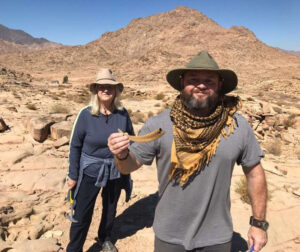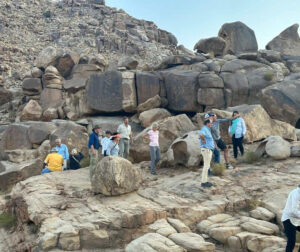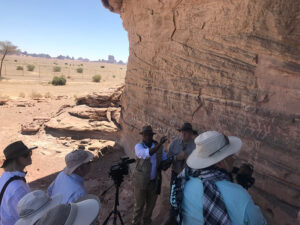Beth Baal Peor
From Ancient Idolatry to Contemporary Treasure Hunts
Beth Baal Peor: Unearthing a Biblical Enigma
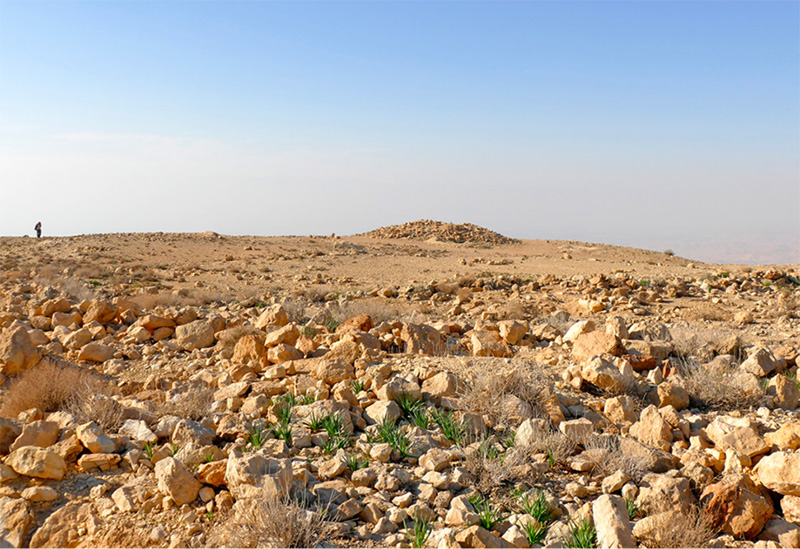
Beth Baal Peor stands as a testament to the tumultuous spiritual journey of the ancient Israelites. Near Mount Nebo in present-day Jordan, this ancient locale is historically associated with Baal worship.
The biblical narrative, particularly in the book of Numbers chapter 25, recounts a critical moment in Israel’s exodus journey. The Israelites, led astray by Moabite women, partook in the worship of Baal of Peor, which invoked divine wrath that manifested in a deadly plague. It was the zealous action of Phinehas, the grandson of Aaron, that halted this plague, taking a firm stand for divine righteousness against idolatry.
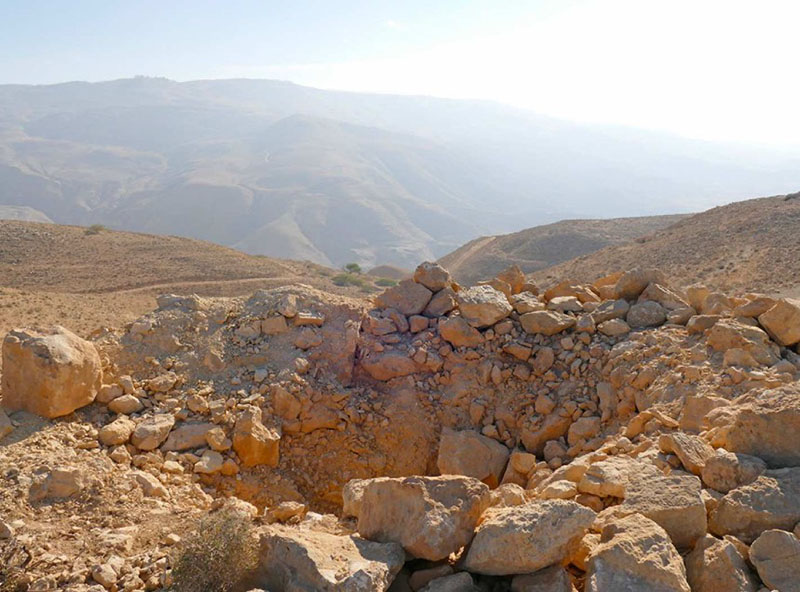
Baal was worshiped from this site in Moab which is down the ridge route from Tel Hesbon, the ancient capitol of the Moabites, to the plains before the Jordan River.
Its proximity to Mount Nebo is significant. According to Deuteronomy 34:1-4, Moses went up from the plains of Moab to Mount Nebo to the top of Pisgah, which is opposite Jericho. From there the Lord showed him the promised land before his death, juxtaposing the divine faithfulness against the backdrop of Israelite idolatry at Beth Baal Peor. The incident at Beth Baal Peor reveals the constant struggle between the Israelites’ covenantal faith and the allure of local pagan practices.
The story of Beth Baal Peor unfolds in the biblical accounts narrated in the book of Numbers, where the Moabite King Balak beckoned the prophet Balaam to curse the Hebrews led by Moses. Despite his initial reluctance as he was forbidden from cursing the descendants of Jacob, Balaam eventually faltered, advising Balak to place a stumbling block before the Israelites. This led to the calamitous event where 24,000 Israelites were entangled in the sins of idol worship and fornication, leading to their destruction in a plague of judgment. Balaam’s deceitful counsel led to his demise at the hands of the Israelites, marking a dark episode and illustrating the spiritual warfare embedded in their journey.
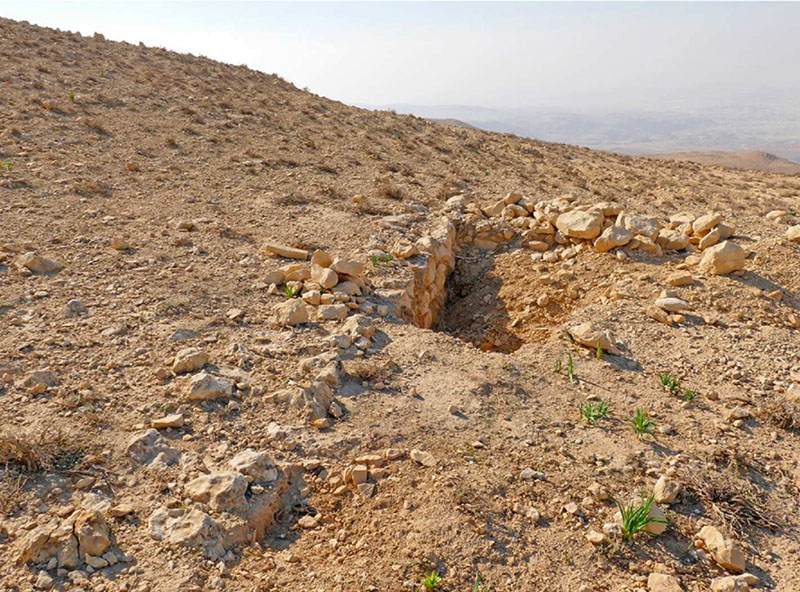
Illegal Digs At The Site
Due to the lack of archaeology, Beth Baal Peor’s exact location has continued to be debated, yet the geographical and historical significance of Beth Baal Peor extends beyond its biblical narrative. Positioned along the ridge route from Tel Hesbon, the ancient capital of the Moabites, to the plains before the Jordan river, this site was a bastion of Baal worship in Moab.
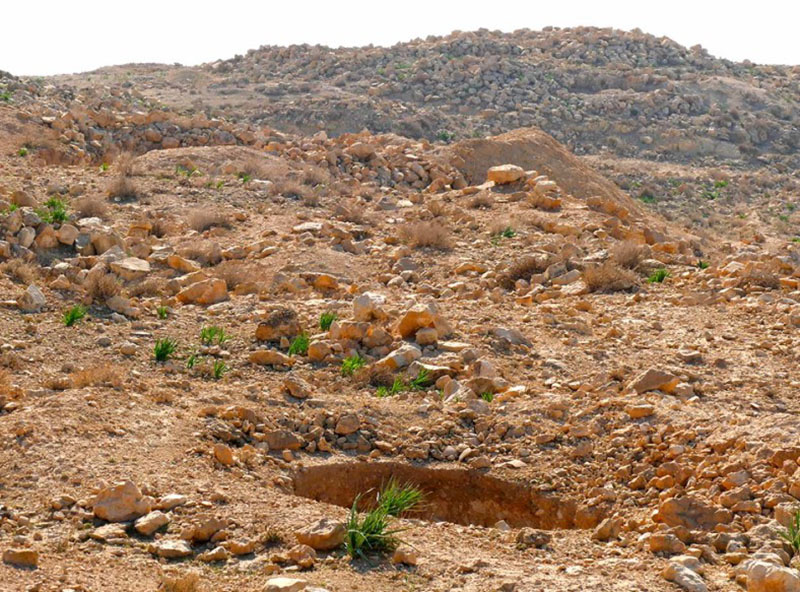
The region whispers tales of hidden treasures as evidenced by numerous illegal digs, often prompted by local lore of buried gold. The desire to unearth hidden treasures, especially gold, is a common aspiration among some local Jordanians. The tumultuous history of the region saw numerous invading armies traverse its landscapes, often leading to inhabitants burying their treasures to protect them from plunder.
Recent discoveries at Beth Baal Peor, although conducted through unauthorized digs, have unearthed walls of ancient structures meters below the present surface. These remnants, as seen in some of the photos, unveil a glimpse into the human activity that once flourished in this historical site.
The region’s historical tapestry is further enriched by its connection to the Pilgrims’ route from the East side of Jordan, extending from the plains of Madaba to Jericho and onto Jerusalem. The route, as depicted in the map below, highlights the passage through Beth Baal Peor, depicting a trail taken by early and later Christians in their spiritual quest.
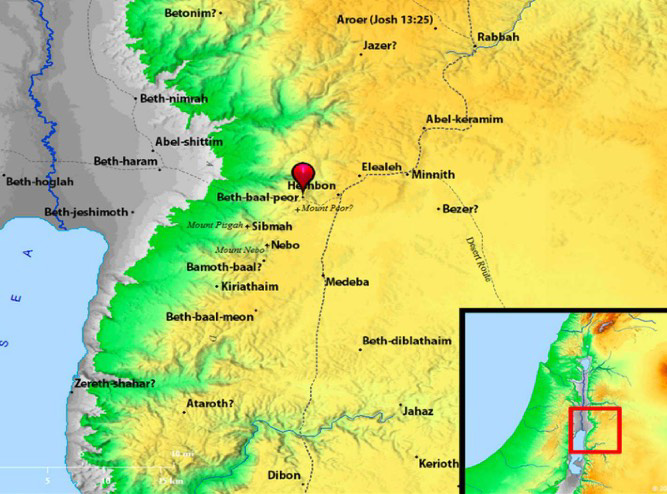
“Beth Baal Peor is an important site and should be properly dug, archaeologically researched, and the new knowledge acquired shared with all. But it isn’t, as you can see…”
Ralph Schwarz
Beth Baal Peor holds a treasure trove of historical and biblical knowledge waiting to be unearthed through proper archaeological explorations. However, the political sensitivities surrounding the narratives of this site may be hindering its thorough examination. The scripture, particularly detailing God’s blessings on His people, remains a delicate topic, especially among the descendants of Abraham and Lot. The lack of archaeological endeavors has left Beth Baal Peor susceptible to unauthorized digs which could cause problems in the future for archaeologists.
Reading through the chapters of Numbers that recount the events surrounding this site, one can find solace in the enduring covenant that binds the faithful to their Heavenly Father. The episodes of Beth Baal Peor are an invitation to delve deeper into biblical narratives, anchoring faith on the solid rock of historical testimony.

